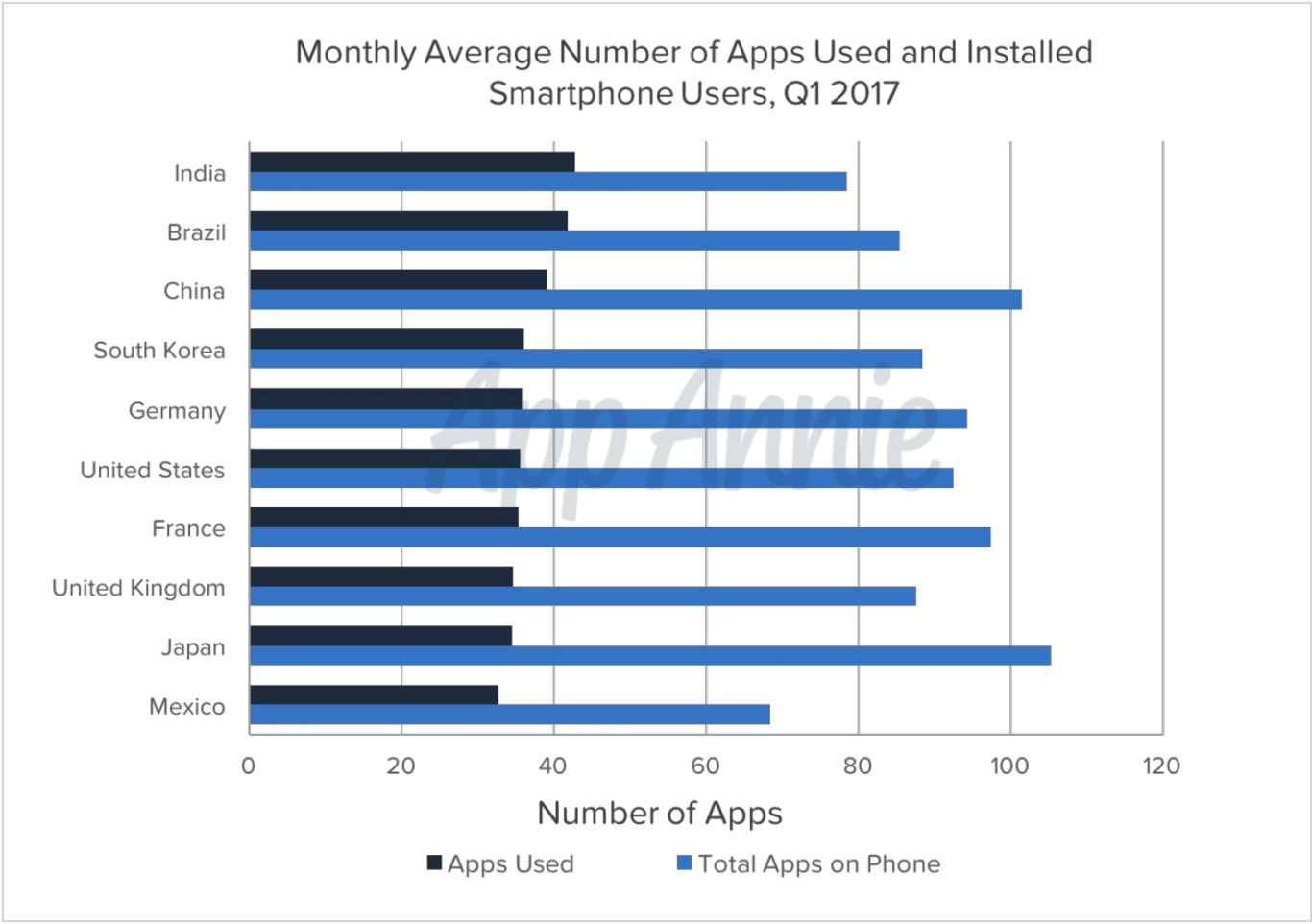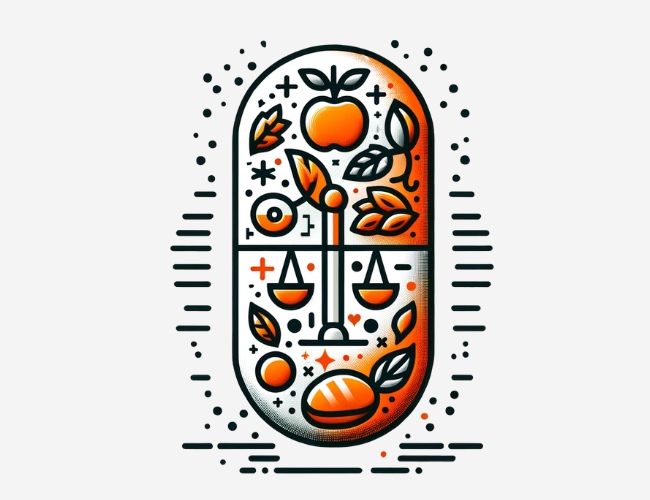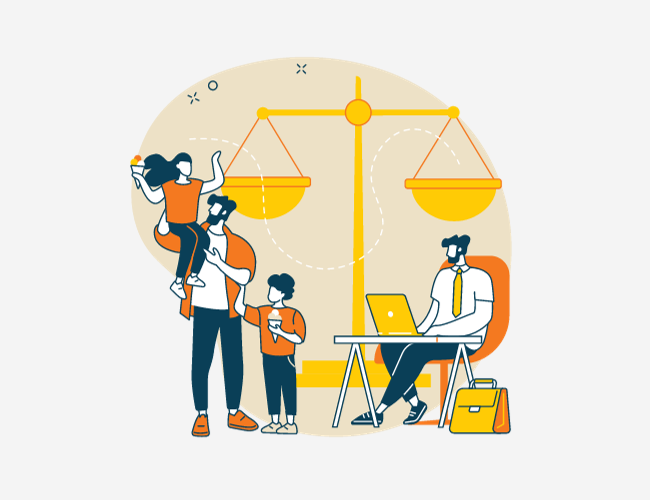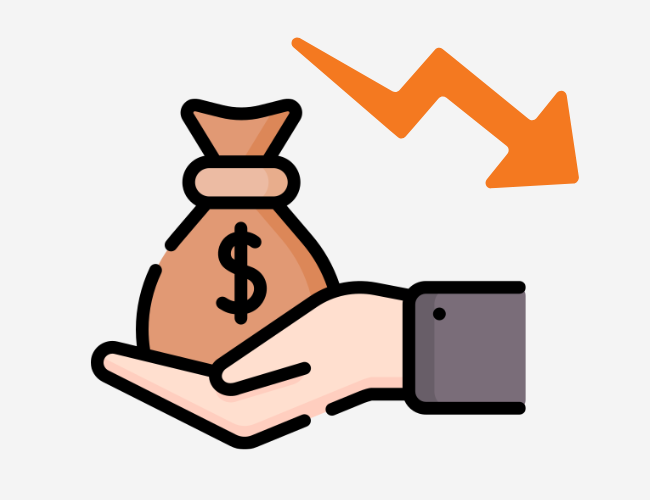App Annie, an app analytics and data platform, reported that users are now accessing more than 30 apps monthly. While the number sounds impressive, it is only 1/2 to 1/3 of the number of apps actually installed on people’s smartphones. The rest belongs to the wasteland where they barely get opened.

The set of daily used apps is even smaller; App Annie reported that users launch an average of nine apps per day. U.S. users are savvier, opening more than ten apps on a daily basis. This number includes both native apps (Messages, Phone, Mail, etc.) and non-native apps (ones that can be downloaded from the Appstore). According to Tech Crunch’s estimation, if you remove the native apps from the calculation, users are only interacting with around five apps daily.
This information is important for companies looking for wellness vendors. There are big vendors on the market offering proprietary apps to track participants’ activities (such as fitness, nutrition, mindfulness, etc.). However, these apps must directly compete for users’ attention with widely successful consumer options such as MyFitnessPal (165 million users), Fitbit (23 million active users), or Strava (1 million active users). Being “one-of-five” is a high aspiration, and proprietary apps have an uphill battle to fight.
A better solution is allowing wellness program participants to use their apps and technology of their choice, whether it is a physical activity tracker or just a phone app. Because of the quantified-self movement, people are likely already using consumer apps for their personal tracking and probably prefer to use those solutions to participate in wellness programs. Forcing a new technology (such as proprietary apps) on them will put them through an unnecessary learning curve.
While the flexibility will facilitate participation and engagement, it complicates program administration because there is so much data coming from many different sources. To solve this problem, coordinators may work with an app-agnostic platform that can aggregate data from participants’ apps and display the information on a single dashboard. This simplifies the administering process, while users still get the best experience.
Some may argue that many proprietary apps integrate with the other technologies, but knowing that only five apps are used daily, employers must understand that it is unlikely that an enterprise wellness app will ever be an effective engagement tool. Since this is the case, employers should not prioritize a wellness vendors mobile app in the decision-making process. Rather, employers should focus on the integrations (are they direct connections, etc.), analytics, and other program elements.












